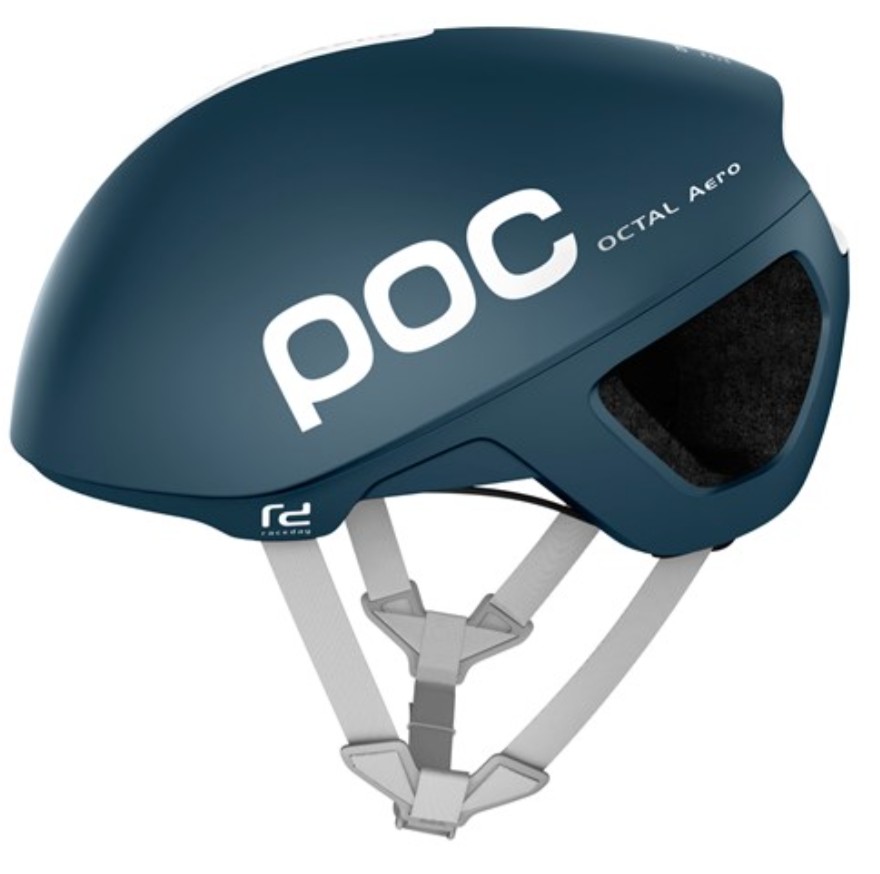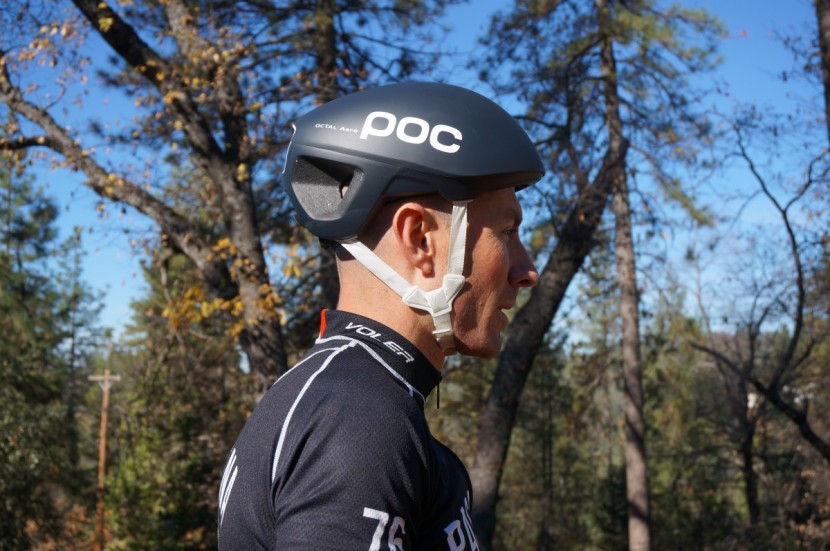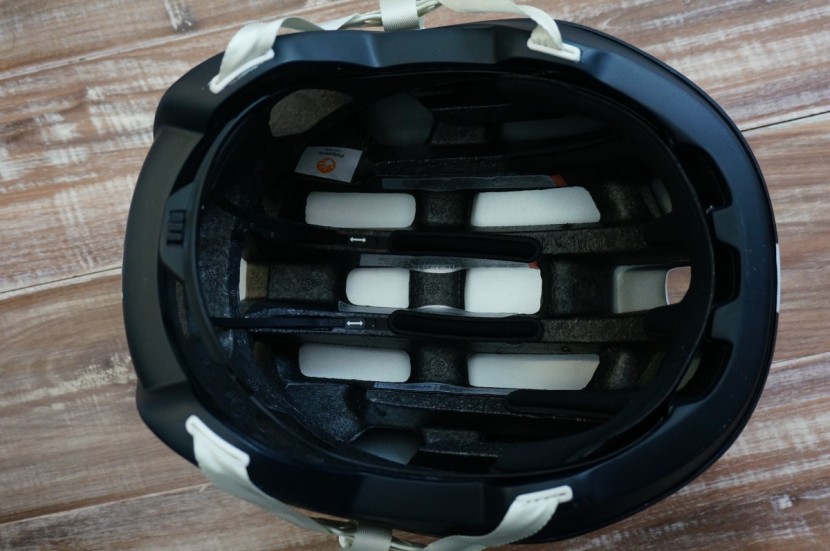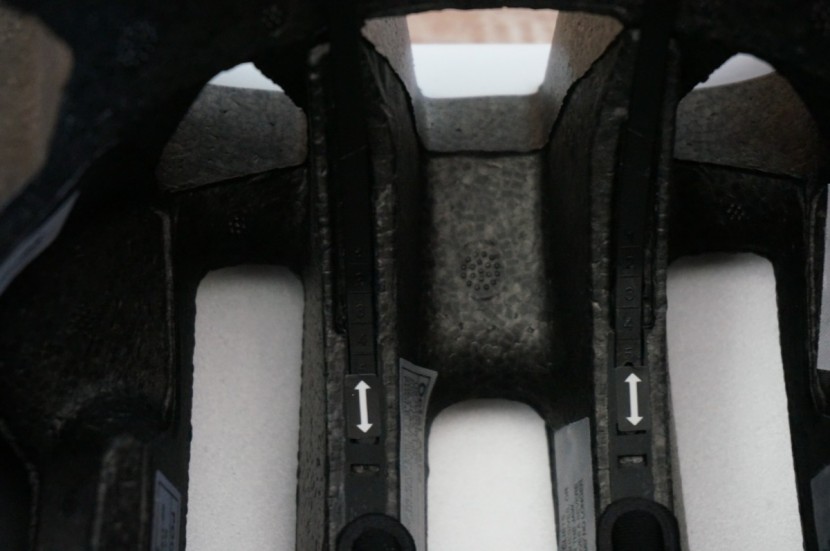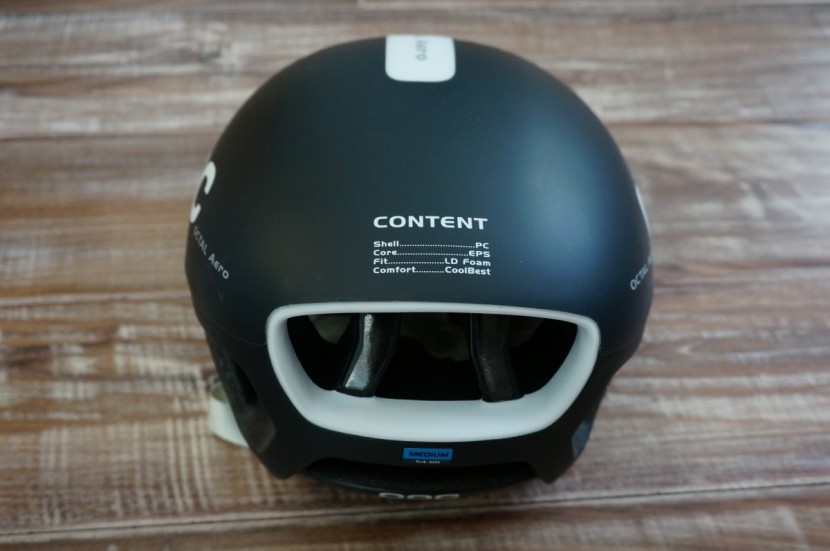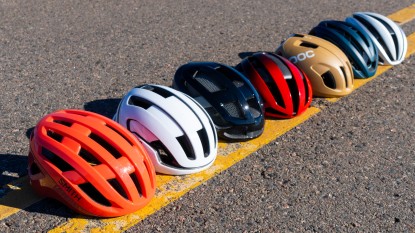POC Octal Aero Review

Our Verdict
Our Analysis and Test Results
Comfort
The interior padding on the Octal Aero is very thin, and the adjustable headband system tends to create pressure points, leading to below-average scores in our comfort ratings. The chinstrap system is a high point in this design, with straps that are made from very thin, soft webbing that is comfortable against the face. If you are looking for a more comfortable and lighter weight aero model, we suggest you try the Bontrager Ballista.
Adjustability
The Octal Aero has a very thin and flimsy headband adjustment system that we found to be prone to kink, earning it low scores in the adjustability metric. The fore and aft adjustment system provides approximately 2.5cm of adjustment, but the plastic spars that hold the adjustment in place are also very flimsy. The adjustment dial on the back of the helmet worked without issues during testing, but due to its flimsy nature, we are skeptical about its long term performance.
The Octal Aero has fixed webbing strap attachment points that limit adjustability. The Y-buckles are adjustable, but adjustments are challenging to make compared to other designs we tested, such as the buckles found on the Giro Synthe.
Weight
The Octal Aero weighs in at 287 g in a size Medium. It is heavier than the Bontrager Ballista. Overall, the weight is not impressive when compared to similar helmets that do not have integrated eyewear such as the Bontrager Ballista.
Style
The Octal Aero is ranked as our least favorite aero model, with a very rounded egg-shaped profile. We do not care for the modified design approach of gluing a polycarbonate shell to their existing Octal Aero helmet. As a consumer, you have to wonder if they have built the best aero helmet that they can, or if this design is just a stopgap to fill a hole in their lineup.
Ventilation
The Octal Aero is one of the worst-performing aero helmets we tested in terms of ventilation. There is only one vent on the front of the helmet, with a total of only seven vents. Most of the vents are on the rear of the helmet. Our testers found this model to be stiflingly hot, particularly on long, slow climbs. For comparison, the Bontrager Ballista is quite well ventilated, considering its similar aerodynamic intentions.
Durability
We like that the Octal Aero has a full wrap polycarbonate shell that protects the base of the helmet. What we don't like is the glued-on polycarbonate outer shell on top of the helmet. It feels flimsy and can be pushed in with light finger pressure on areas where it does not make contact with the EPS foam. The seam between the existing helmet's skeleton and the outer shell is not tight, particularly at the front of the helmet. When compared to the solid one-piece design of the Bontrager Ballista, this product leaves much to be desired.
Value
The Octal Aero is expensive. With a $250 list price, it is much more expensive than other higher-performing aero helmets in our lineup. Given its limited performance and high price tag, we do not feel that this model represents a good value for most riders.
Conclusion
The Octal Aero is an expensive aero helmet that falls far short of the competition in performance and value.


